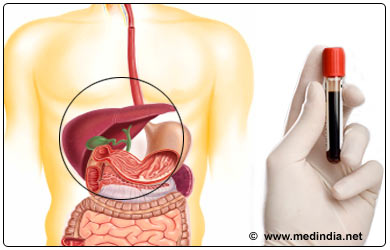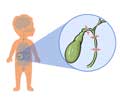- Harrison’s Principles of Internal Medicine 18th Edition
- The Merck Manual
- Cecil Medicine 24th Edition
About
Gilbert's syndrome is a common, mild liver disease in which a liver enzyme required to process bilirubin is abnormal. Treatment is not necessary.

Gilbert's syndrome is also known as constitutional hepatic dysfunction, benign unconjugated bilirubinemia and familial nonhemolytic jaundice.
Causes of Gilbert’s Syndrome
Gilbert’s syndrome is the result of a mutation in a gene for the enzyme UGT1A. Metabolism of bilirubin requires enzymes called UGT glucuronosyl transferases, and UGT1A is one among these. The gene that codes for UGT1A is located on chromosome 2.
A different type of mutation in the same gene is responsible for a more severe and dangerous disease called
Gilbert’s syndrome is inherited in an autosomal recessive pattern, i.e. a copy of the defective gene from both parents is required for the child to develop the serious ailment. Many people carry one copy of the abnormal gene. Two abnormal copies are needed for Gilbert’s syndrome to develop.








